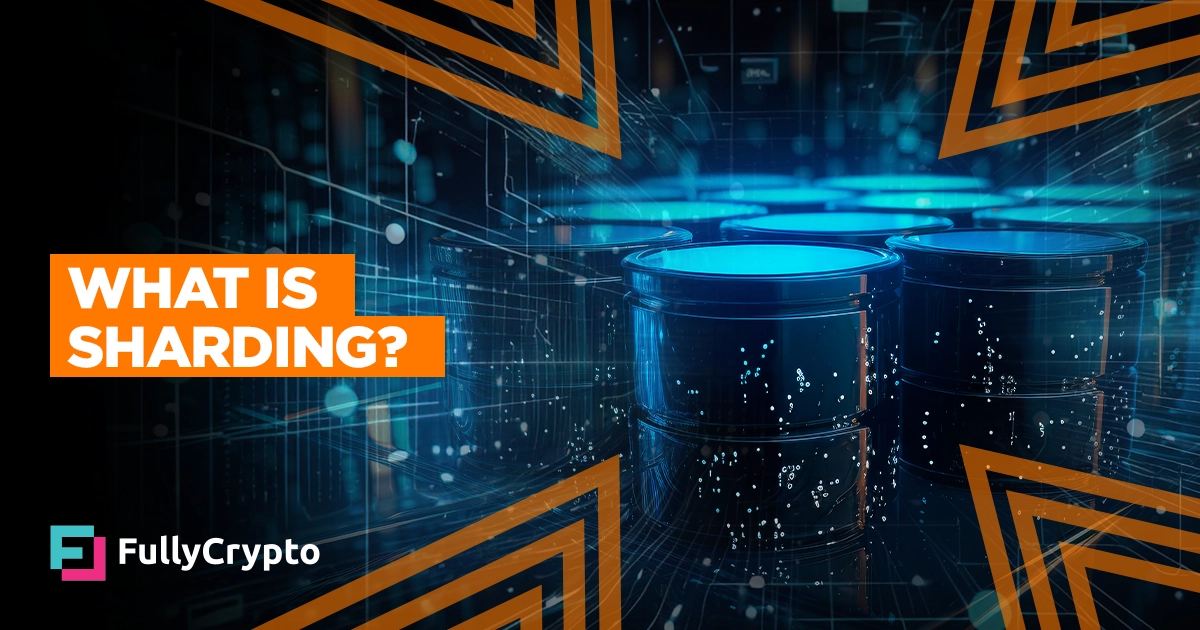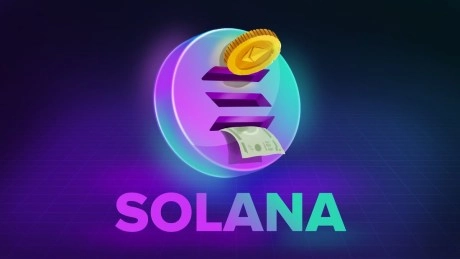![]()
By Mark Hunter
2 weeks agoFri Nov 22 2024 07:32:35

Reading Time: 2 minutes
- Sharding has been introduced to improve scalability on blockchain networks like Ethereum
- It has been designed to divide the Ethereum blockchain into smaller pieces to process transactions more efficiently
- Developers have implemented sharding to address bottlenecks in transaction speeds and network congestion
Sharding has become seen as one of the most promising means by which Ethereum will scale to handle the demands of a modern-day blockchain . The process involves breaking up transactions, thus making the entire transaction easier to process. But what exactly is sharding and when will Ethereum see it?
The Point of the Shard
Sharding is a scalability solution that breaks the Ethereum blockchain into smaller sections, or shards, allowing transactions and data to be processed simultaneously across different parts of the network. This approach reduces congestion and enhances transaction speeds by distributing the computational workload among multiple shards. By integrating sharding, Ethereum aims to handle more users and applications without sacrificing decentralization or security.
As blockchain networks like Ethereum grow in popularity, they face significant challenges in maintaining high transaction speeds and low fees while accommodating increasing demand. Sharding has emerged as a key solution to Ethereum’s scalability problem. It works by splitting the blockchain into smaller, parallel chains called shards. Each shard processes its own subset of transactions and smart contracts, reducing the overall computational load on the network.
Without sharding, every node in the Ethereum network is required to process every transaction and store the entire blockchain. This design ensures decentralization and security but limits the network’s capacity, causing delays and higher transaction costs during periods of heavy use. Sharding addresses these issues by distributing the workload across shards, enabling multiple transactions to be processed at the same time.
Major Part of Ethereum 2.0
Ethereum’s move toward sharding is a major milestone in its evolution, particularly as part of its broader transition to Ethereum 2.0. Sharding will work in tandem with other improvements, such as the shift to proof-of-stake (PoS) consensus, to enhance scalability, security, and sustainability. Once fully implemented, shards will communicate with each other via a central Beacon Chain, ensuring the integrity of the Ethereum network while allowing it to process thousands of transactions per second.
The benefits of sharding are transformative. By significantly increasing throughput, Ethereum can better support a growing ecosystem of decentralized applications (dApps), from DeFi platforms to NFT marketplaces.
While sharding adds complexity to network design and requires careful coordination, its successful implementation promises to make Ethereum more accessible, efficient, and capable of competing with other high-performance blockchain networks. This innovation is crucial for Ethereum’s long-term vision of becoming the foundation for a decentralized internet.
Crucially, Ethereum has not yet implemented sharding on its mainnet, and there is no firm date as to when it expects to do so. In the interim, Ethereum has focused on layer 2 scaling solutions, such as rollups, to improve transaction throughput and reduce fees. These solutions process transactions off-chain and then submit the data back to the main Ethereum network, effectively increasing capacity without altering the base layer.




